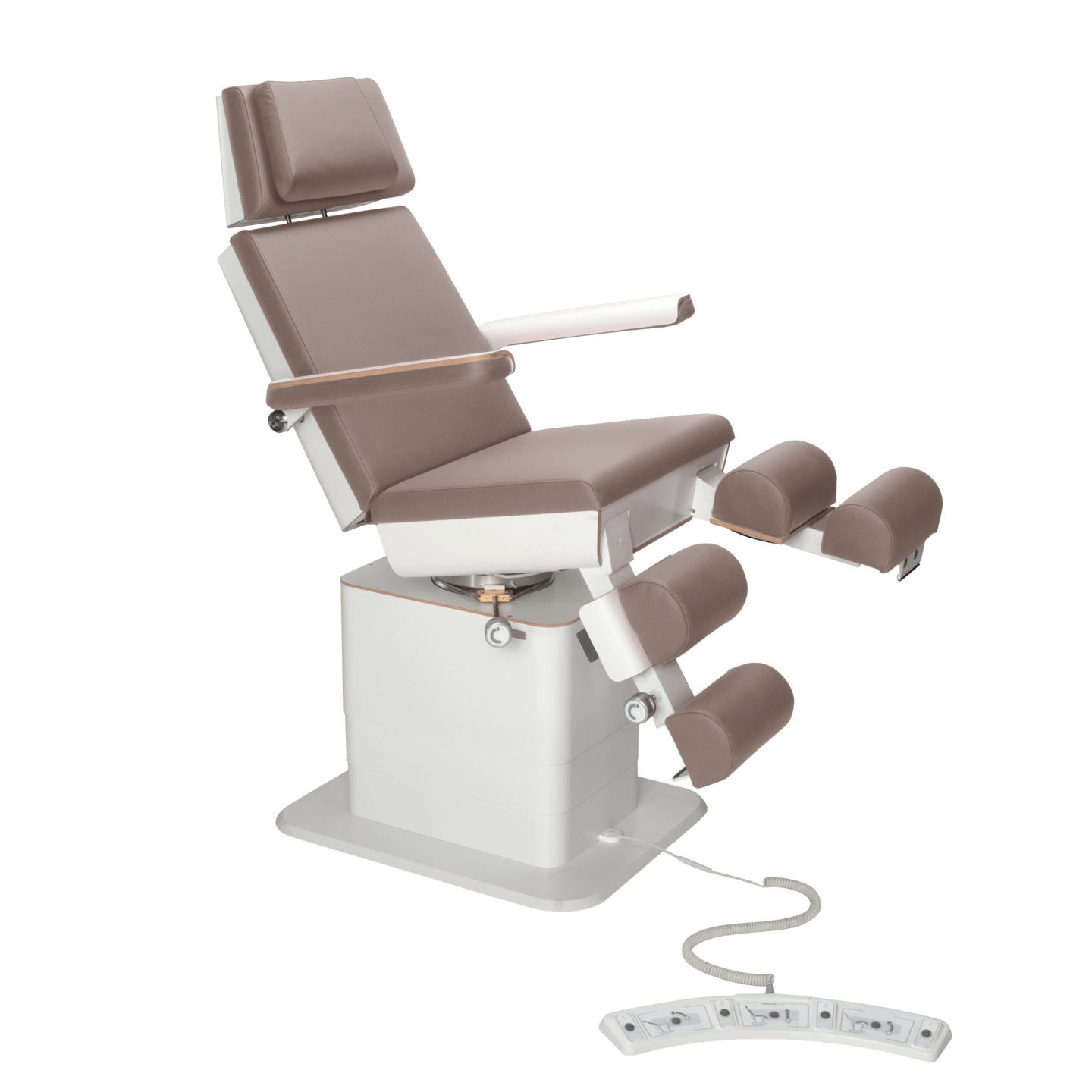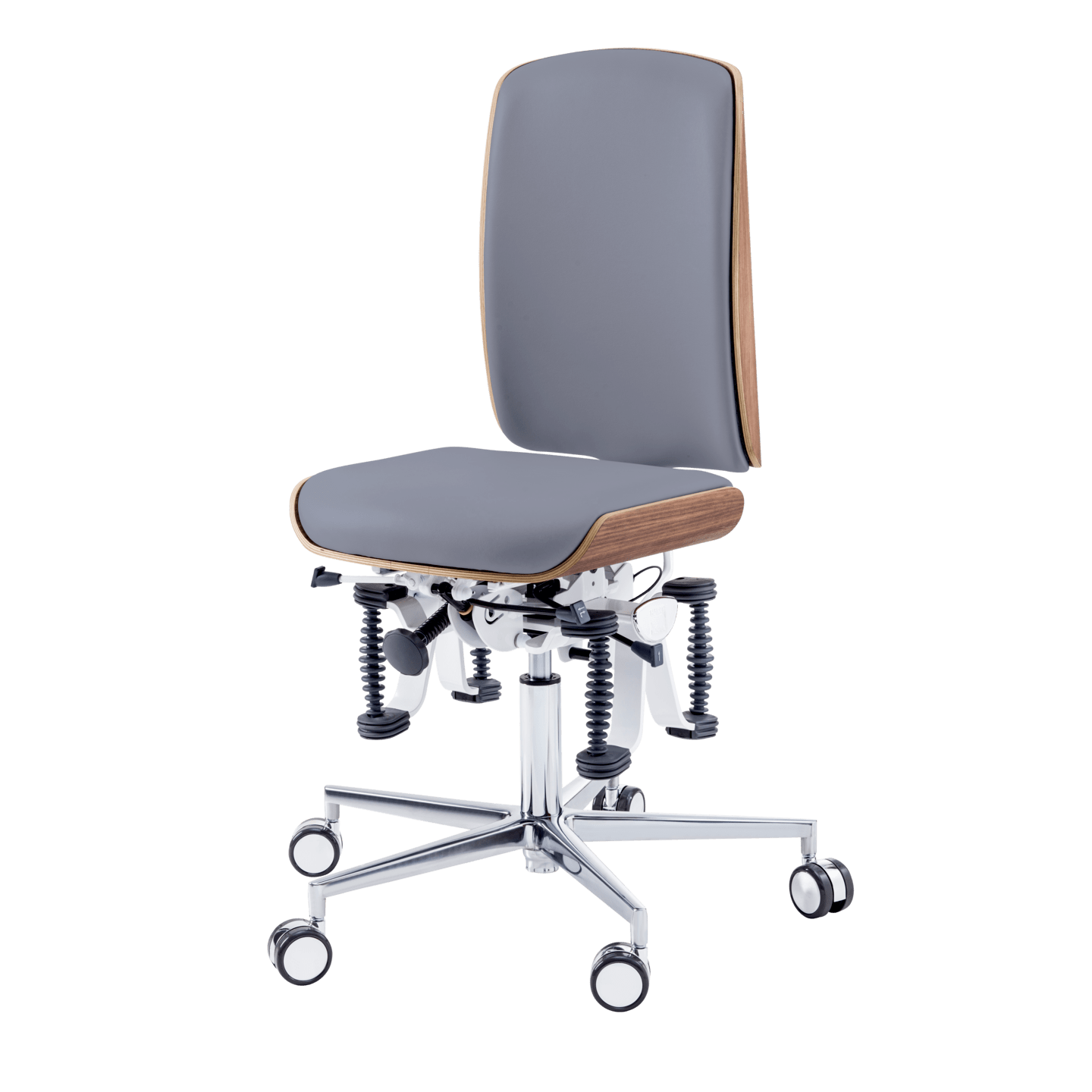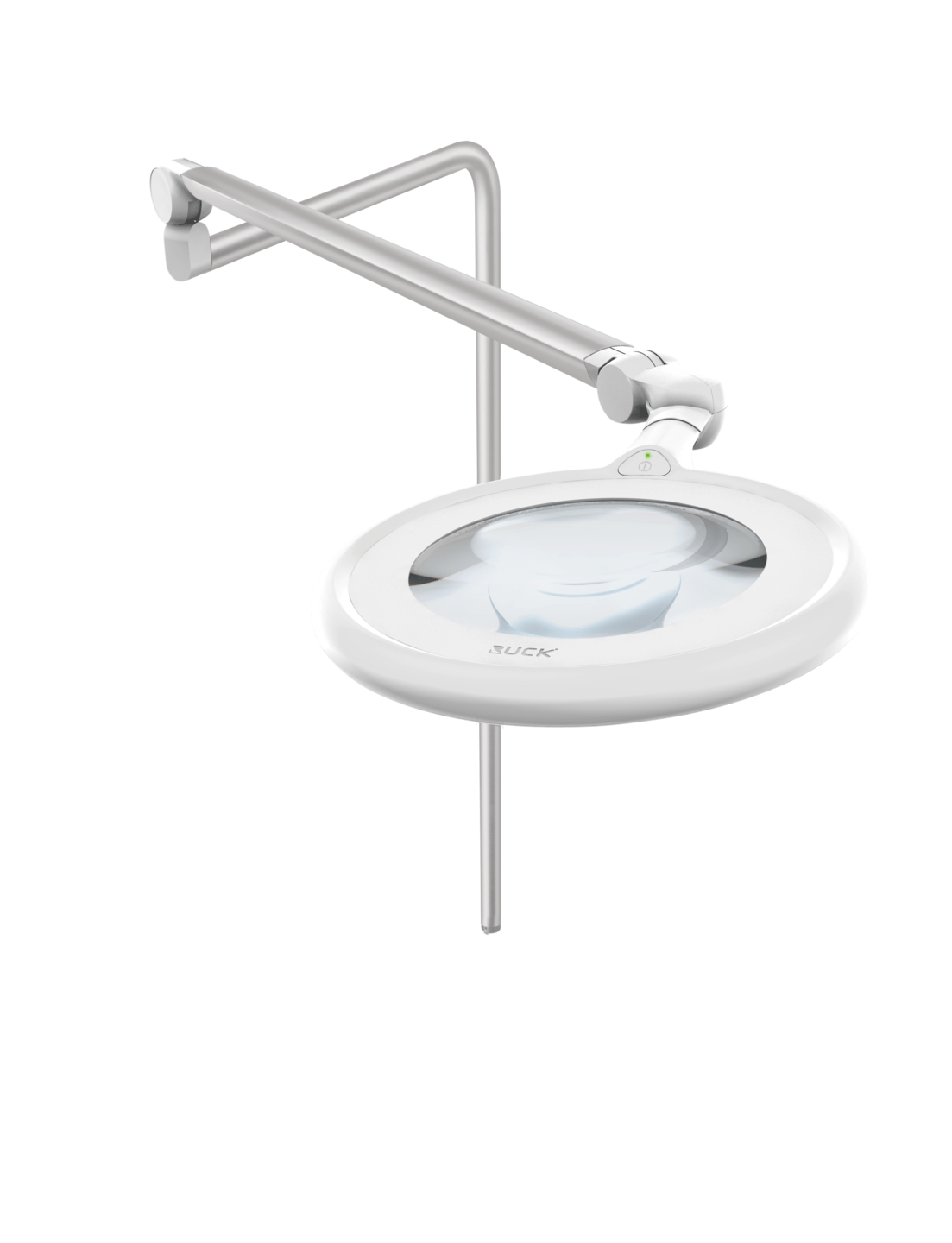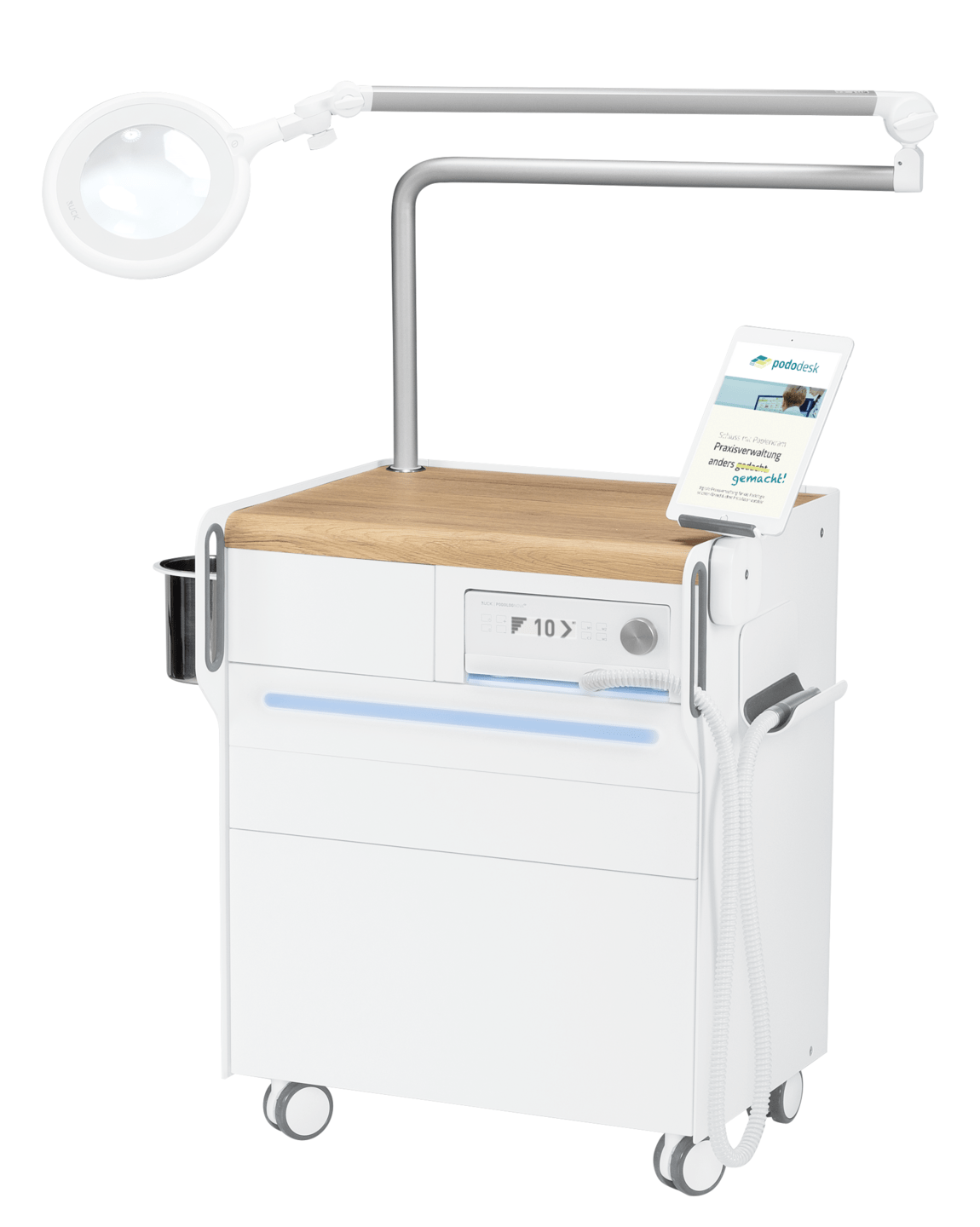The Bioswing system: Protect your intervertebral discs and strengthen your back

Can you passively strengthen your back muscles? Can you do something for your back every day during your time in the practice, without thinking about it? You can - thanks to the unique Bioswing technology, which lets you work with your body, not against it. A professional chair that is equipped with this technology allows the seat to pendulate dynamically, which is a real benefit for your body. In this way, you use the power that is in your body’s core in your everyday life!
The Bioswing pendulum principle enables safe freedom of movement, which is provided by small, specifically controlled, allowances in movements of the seat surface. Your back is unconsciously kept dynamically stable while you stay focused on the task at hand. The system intelligence ensures that you - similar to a pendulum centred above the body - remain in dynamic balance at all times. Your body itself provides the individual beat and rhythm.
This active motion supports the strengthening of the small segmental muscles, which are important for posture and are the deepest layer of muscles that stabilise the spine. This is because, posture and movement behaviour are automatically being optimised in every sitting position. At the same time, muscle coordination is improved, which further improves your health in the long term.
Our intervertebral discs are extremely important when it comes to back health - because they require motion! This ensures that the intervertebral discs are supplied with new nutrient fluid and used fluid is pressed out. This suction-pump mechanism is stimulated and improved by sitting on a chair equipped with the Bioswing system. This means that you are doing something good for your intervertebral discs every day. The active support of intervertebral disc nutrition leads to healthier intervertebral discs and less wear and degeneration in the long-term.
Ergonomically important seated positions
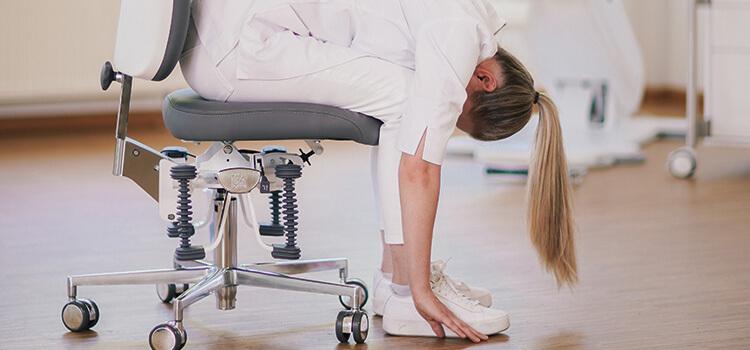
Exercise 1
While sitting, let the upper body slowly roll forward until the nose touches your knees and the fingertips touch the floor. The head is located loosely between the upper arms. Then slowly roll up vertebra by vertebra.
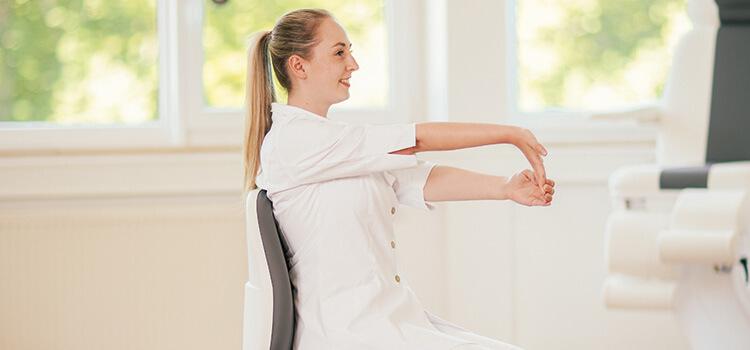
Exercise 2
Stretch one arm forward, palm facing up. Grasp with the other hand and stretch downwards until a pulling sensation is felt in the forearm. Release and repeat with the other arm.
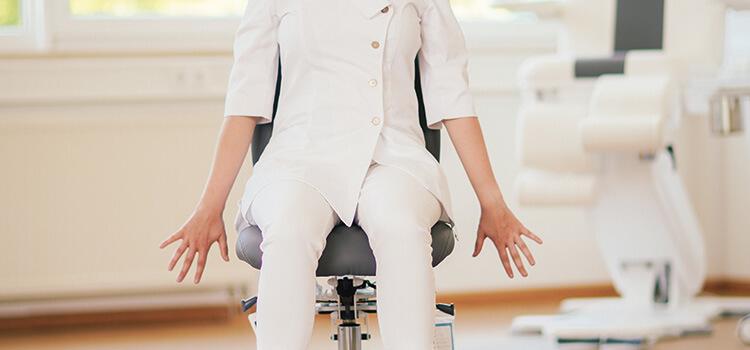
Exercise 3
Let the arms hang relaxed beside the thighs. Stretch out the arms and fingers with the thumbs pointing inwards. Then rotate the arm until the thumbs point forward and back again. Repeat at least ten times.
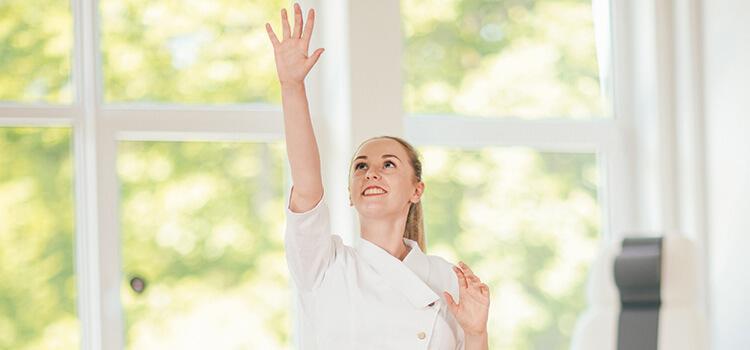
Exercise 4
Standing: With your upper body upright, alternately stretch your arms upwards and reach your hands towards the ceiling as if you were picking an apple. Stretch and reach upwards.
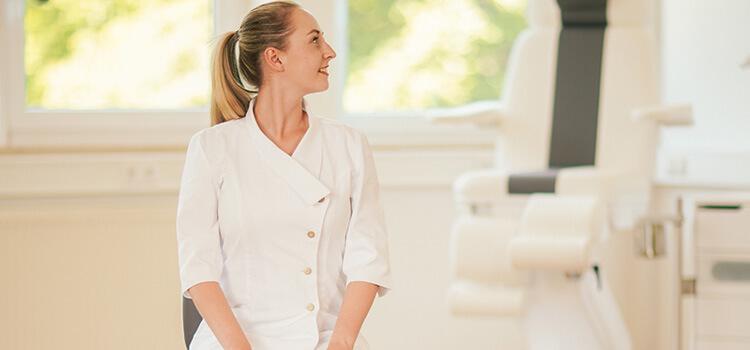
Exercise 5
With the hands relaxed on the thighs, rotate the head to the right, lift the chin slightly - now calmly inhale. Rotate the head forward and draw the chin towards the chest - exhale. Rotate the head to the left and lift the chin again - inhale.
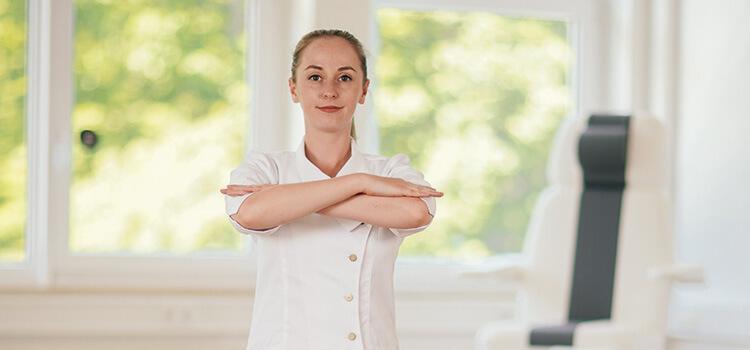
Exercise 6
Put your arms one on top of the other. Then rotate the upper body to the right and left in quick succession. The hips stay as straight as possible.





















































